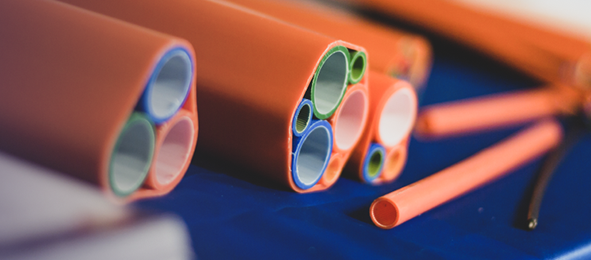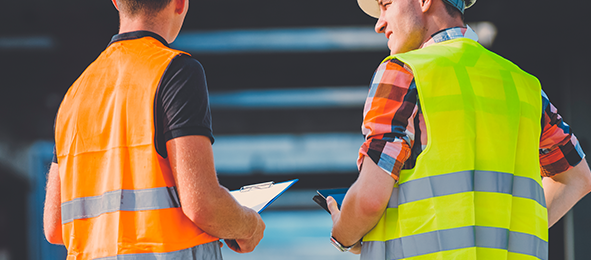Information Access & Connectivity
The demand to expand internet access is increasing exponentially: more than 100 million additional homes will be requiring fiber connections in North America and Europe alone. In response, investment in cellular networks are expected to be $900B and those in data centers are expected to grow to $500B by 2027.
Orbia delivers infrastructure that creates the physical pathways for fiber and other network technologies to connect cities, homes, and people worldwide.
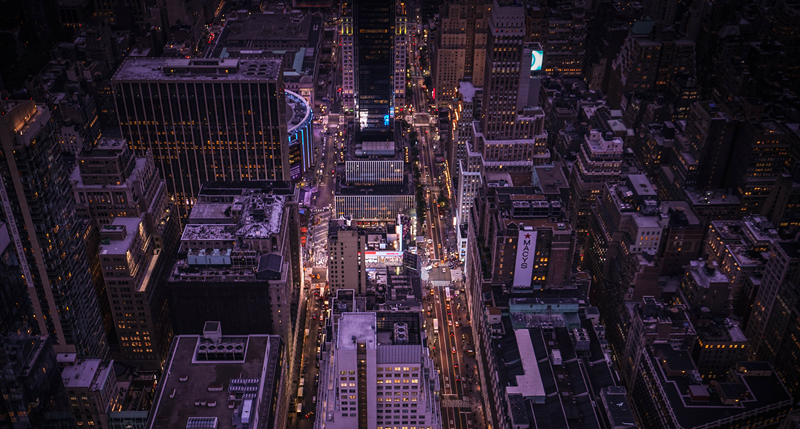
Our contributions to the SDGs:
Direct
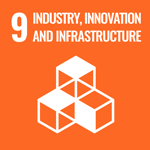 |
|
Indirect
 |
|
How Orbia is making a difference:
Bridging the urban-rural digital divide
Chariton Valley, a Missouri communications provider, wished to expand broadband internet to local underserved areas, especially rural areas that had no or poor access. Dura-Line’s FuturePath 7-Way and 4-Way conduits enabled a standardized connectivity infrastructure. Using our FuturePath conduits, Chariton Valley was able to rapidly and efficiently connect thousands of individuals.
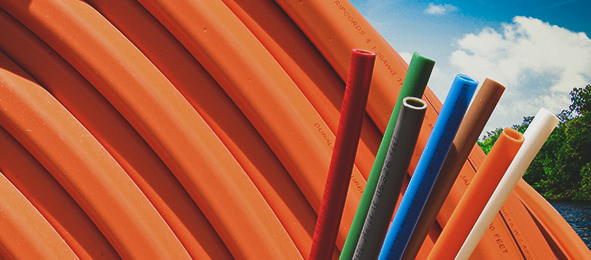
Future-proofing connectivity
Rural utilities, such as Ogden Telephone in Iowa, are utilizing Dura-Line’s FuturePath MicroDuct technology to provide their current customer bases with fast internet services while ensuring the space and flexibility to easily expand the network in the future as the population grows. This saves communities and utilities money on projects while guaranteeing the availability of high-speed broadband connectivity for years to come.
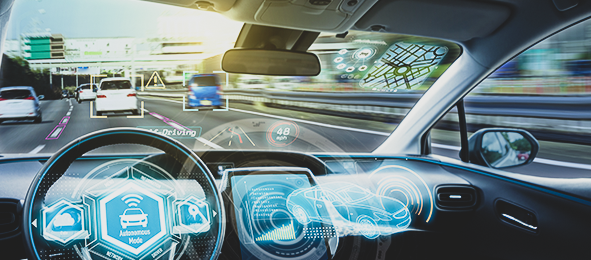
Modernizing transportation
The Smart Mobility Corridor is a research and development project that Dura-Line supports in the United States. The project developers utilized Dura-Line’s blown cable system, to support self-driving vehicle technology. Dura-Line’s products saved developers significant time and labor costs, accounting for about 12% savings for the construction of fiber loop compared to traditional methods.
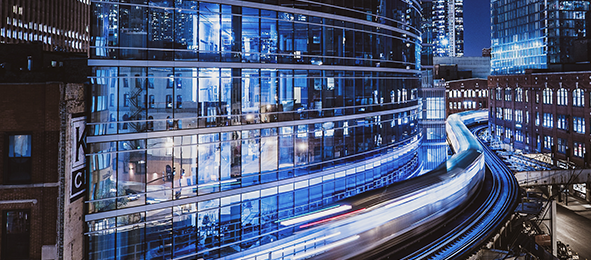
Revitalizing local landmarks
Chicago-based developers are utilizing FuturePath as a cost-effective way to revitalize older, iconic buildings in the downtown area that were otherwise vulnerable to demolition due to lack of internet connectivity. Owners are now able to provide flexible and scalable fiber optic infrastructure systems to tenants, improving attracting and retaining tenants as well as restoring and protecting Chicago’s historic buildings.
Digital innovation for connectivity
With Orbia Ventures' investment in Deepomatic, Dura-Line has revolutionized field inspection through digital innovation, evolving from transactional to transformative customer engagement. Our first client, Clearwater County, utilizes Deepomatic's cutting-edge computer vision technology to offset operational cost increases and reduce vehicle emissions in perpetuity while improving field inspection efficiency. We effectively tackle current and future skilled labor shortages while appealing to the younger generation by integrating AI into the construction industry, highlighting our dedication to sustainable, advanced solutions.
Fiber-sensing for situational awareness in roadways
With over 3,250 miles of fiber, the Utah Department of Transportation (DOT) has one of the most robust, DOT-owned fiber optic networks in the U.S.
Distributed Acoustic Sensing (DAS), or “fiber sensing”, uses fiber optic cable buried alongside the road to monitor roadways in real-time by detecting acoustic events in the vicinity of the fiber, such as crashes, avalanches, vehicle speeds and travel times. This information can be transmitted to UDOT’s Traffic Operations Center to assess traffic conditions, dispatch response vehicles, or warn motorists of hazardous conditions. Orbia’s Connectivity Solutions business enabled this UDOT fiber sensing project, one of the first in the nation. It aims to provide critical safety and maintenance information. This project was selected as a joint winner by the Fiber Optic Sensing Association (FOSA).
